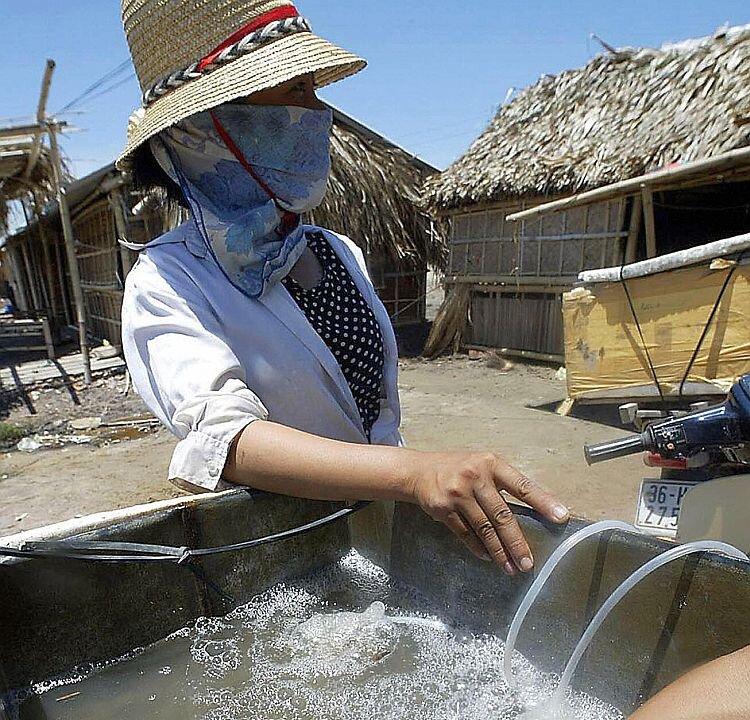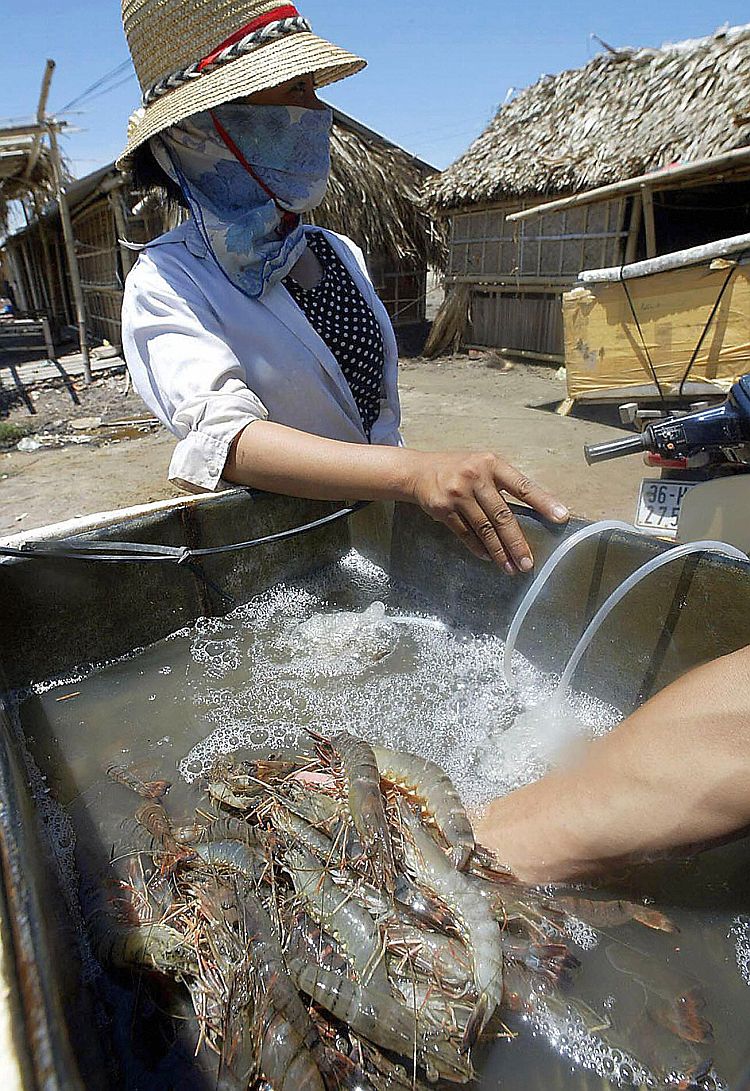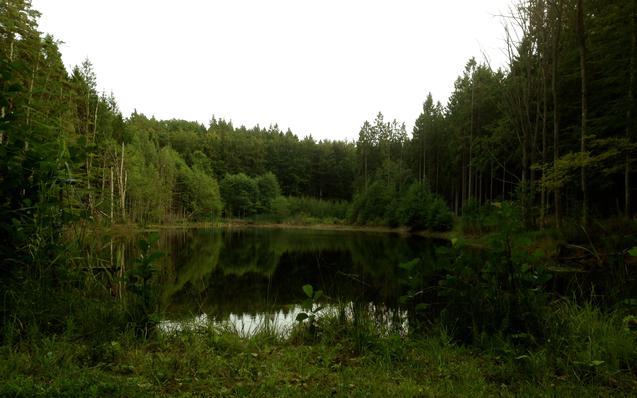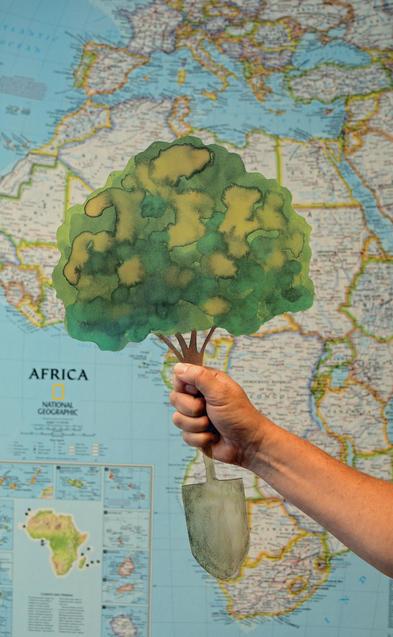As demand for scampi (a large kind of shrimp or prawn) grows in the West, so do the scampi plantations in Southeast Asia—to the devastation of the mangrove forests, the coastal salt marshes, and the life in the ecosystems they support.
The use of antibiotics and chemicals in the plantations also contaminates the basins, making them useful for only several years. Large tracts of land are rendered unusable.
The livelihood of some of Southeast Asia’s poorest people depend on these ecosystems, and the sociological impacts are great. The Swedish Society for Nature Conservation (SSNC) has declared March 16 Anti-Scampi Day to highlight these problems.
“Mangroves and other coastal ecosystems ... are some of the world’s most productive ecosystems and millions of people depend on them for their livelihood,” says Sara Tynnerson, project leader for SSNC’s Anti-Scampi campaign.
About half the original mangrove forests have already disappeared, primarily because they were cleared for scampi plantations, according to SSNC’s report titled, “In Troubled Waters.”
“Mangroves also serve as protection against erosion, storms, and tsunamis,” Tynnerson explains.
The demand for scampi has grown 600 percent over the past 10 years, reports SSNC. Europeans, North Americans, and the Japanese generate most of the demand.
Steve Trent, executive director at the Environmental Justice Foundation (EJF), says, “Despite seeing recent reductions in imports due to the financial crisis, Spain remains the largest importer in the European Union, followed by France, the United Kingdom, Italy, and Germany.”
While Western consumers have a hearty appetite for scampi, scampi plantation owners have an insatiable appetite for land.
As one basin is contaminated with toxins used in the industry, another must be created elsewhere to replace it.
In the pools, scampi live in close quarters, generating bacteria and disease. Antibiotics and other chemicals are used in the farming process to maintain sanitary conditions. The environment becomes so poisoned that after about seven years, it is no longer fit for scampi production, and new land must be acquired, reports SSNC.
The scampi eat twice their weight in fish. Tynnerson says it would be more sustainable if the feed fish were eaten directly by locals instead.
“It takes about two pounds of fish per pound of farmed shrimp,” says Tynnerson. “The fish used in feed production has an important role in the marine ecosystem, and when there is a heavy fishing pressure on these fish, it effects the entire food web.”
The residents of areas surrounding plantations feel the effects in a variety of ways.
Armed guards often watch the farms, and do not hesitate to use their weapons if they deem it necessary. Salt water runs off onto surrounding farmland, destroying crops.
“Many of those involved in the shrimp industry are some of the world’s poorest,” says Trent. “The unstable wages and high start-up costs mean many people are forced into a cycle of debt they cannot escape.”
Rich Bindell, communications manager at Food and Water Watch, says governments have done little to stem the problem.
“In fact, trade negotiations taking place right now, such as those for the Trans-Pacific Partnership, would just make the problem worse,” Bindell said.
The Trans-Pacific Partnership is being negotiated between Australia, Brunei, Chile, Canada, Malaysia, Mexico, New Zealand, Peru, Singapore, the United States, and Vietnam. If implemented, it would affect tariffs, intellectual property, and other matters to ease trade between the nations.
If government regulation does not address the problem, SSNC says, it is up to the consumer to stem the demand for, and thus the production of, scampi.






